
Spotted Fritillary
Always pleased to see a Fritillary I wasn't quite sure which flavours would be on offer in August in the south. The Spotted Fritillaries (Melitaea didyma) above and below are quite widespread, but when fresh are extremely striking. The males in particular are flame red and the photos don't really do the brightness justice. The bright colour and clear sub-marginal crescent shaped spots are indicative of the southern European meridionalis form. Quite a small Fritillary, they seemed to enjoy short energetic flights from flower to flower staying low to the ground.


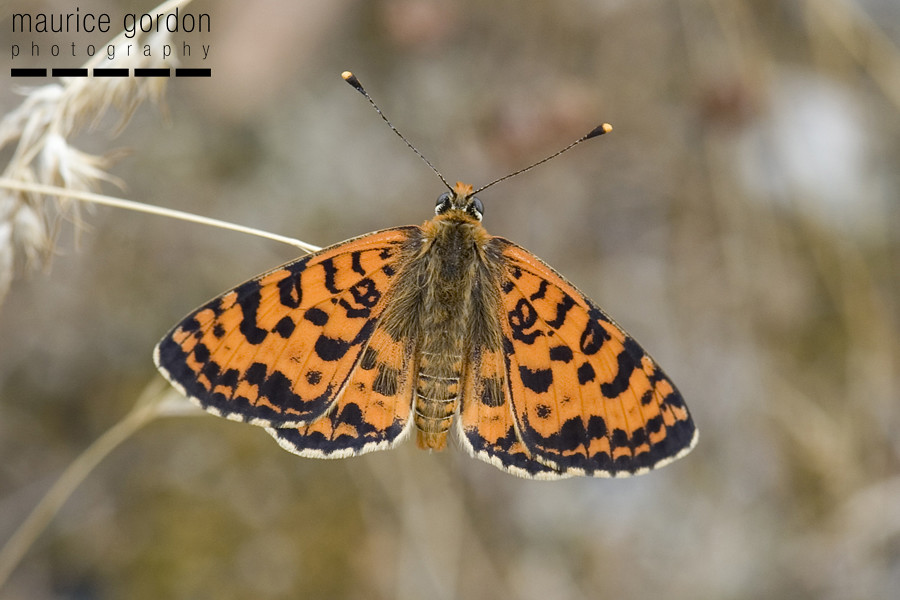

Below is Weaver's Fritillary also knows as the Violet Fritillary (Boloria dia) which looks superficially very similar from above to the Pearl-bordered Fritillary (Boloria euphrosyne) which we are fortunate to have still hanging on at a few sites in North Yorkshire. I only saw the Weavers lower down the mountain, but apparently they are often seen at greater altitudes. Took me a while to identify as they are meant to be principally a May/June species, so presumably there are a couple of broods in the south. The Weaver's/Violet Fritillary is also not dissimilar to Titania's Fritillary (Boloria Titania) but she is an Alpine butterfly with much stronger V shaped markings around the outer upper wings.
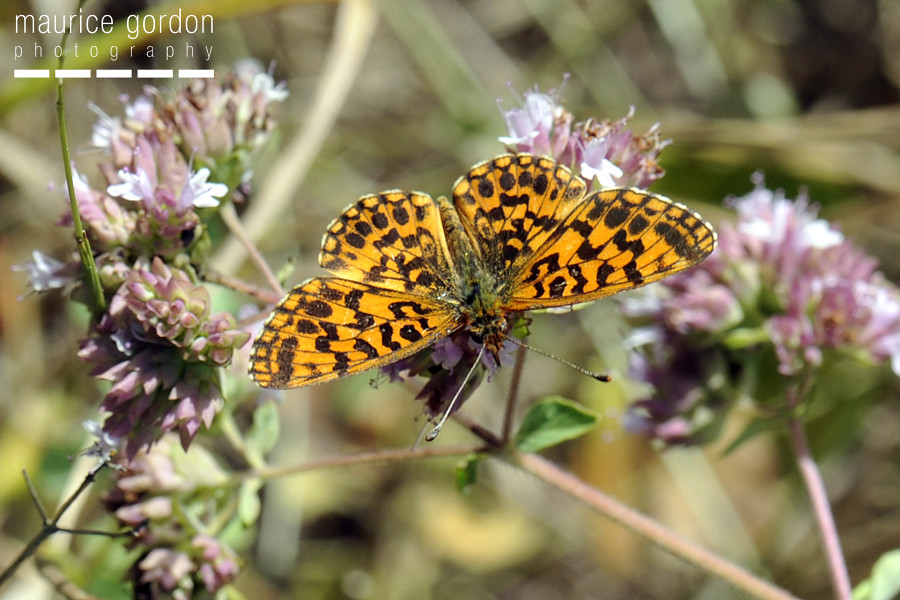
Violet Fritillary

the white dot encircled by black at the front of the hind wing seen from underneath kept catching my attention and helped in identification
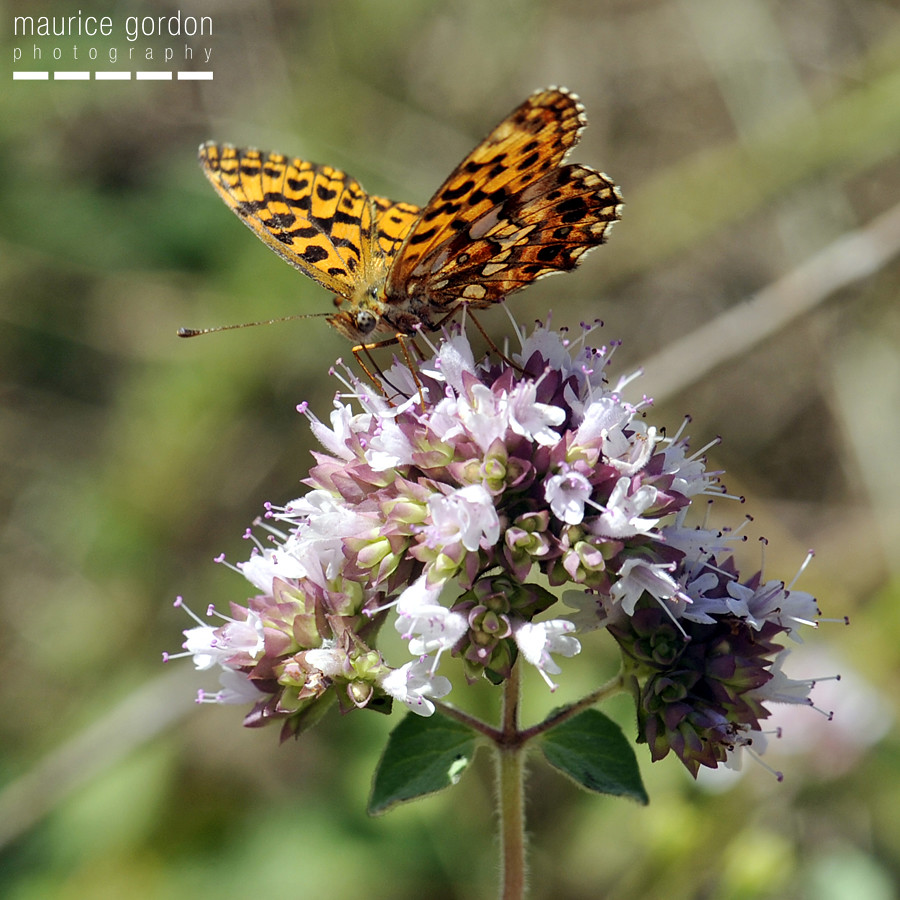
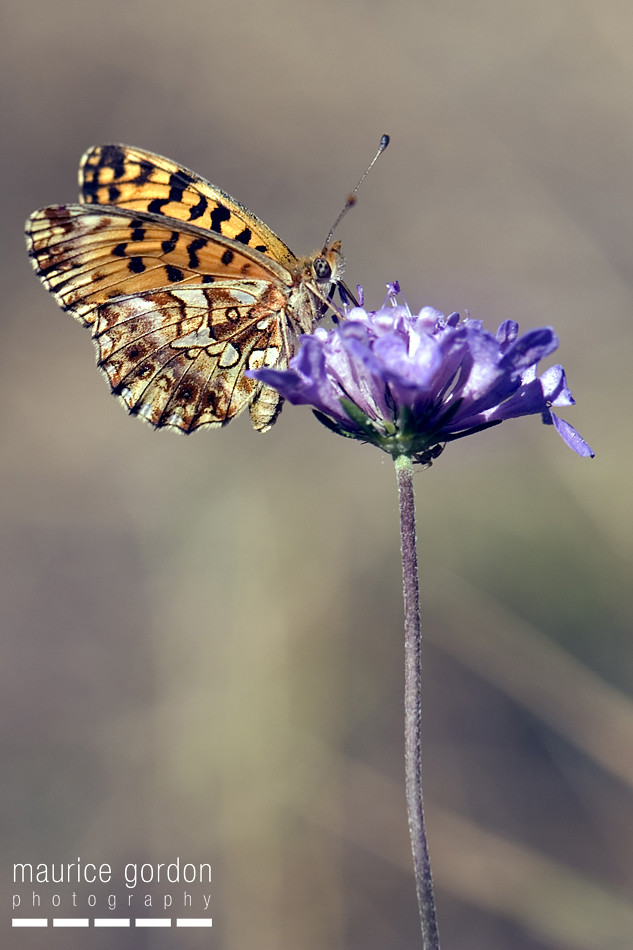

Violet Fritillary
Pictured below here is the Knapweed Fritillary (Melitaea phoebe) which is very variable when seen from above in lots of different colour variations. The underside at first glance is also very similar to the Spotted Fritillary, but it has the orange dots in the post discal band which distinguish it. Knapweed Frit I also saw up and down the mountain. There are similar Melitae species to the Knapweed in Eastern Europe and Sicily, the adults indistnguishable although the larvae are quite different. I do enjoy a Fritillary!

Knapweed Fritillary

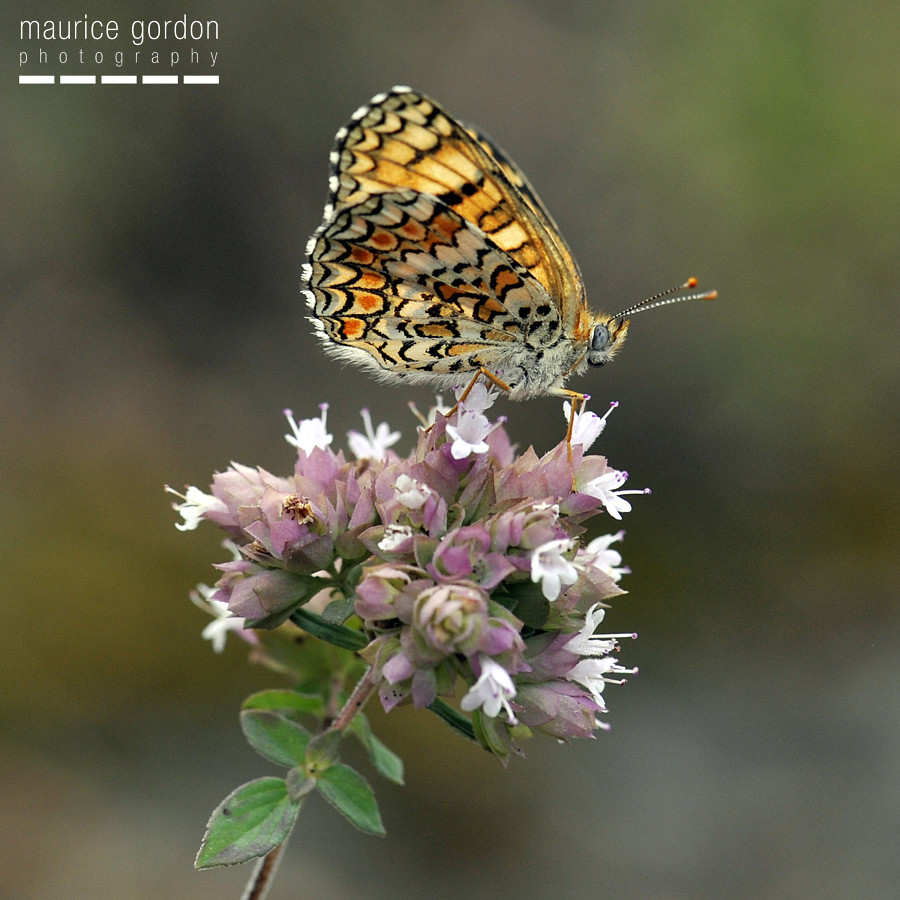
Knapweed Frit showing big orange dots
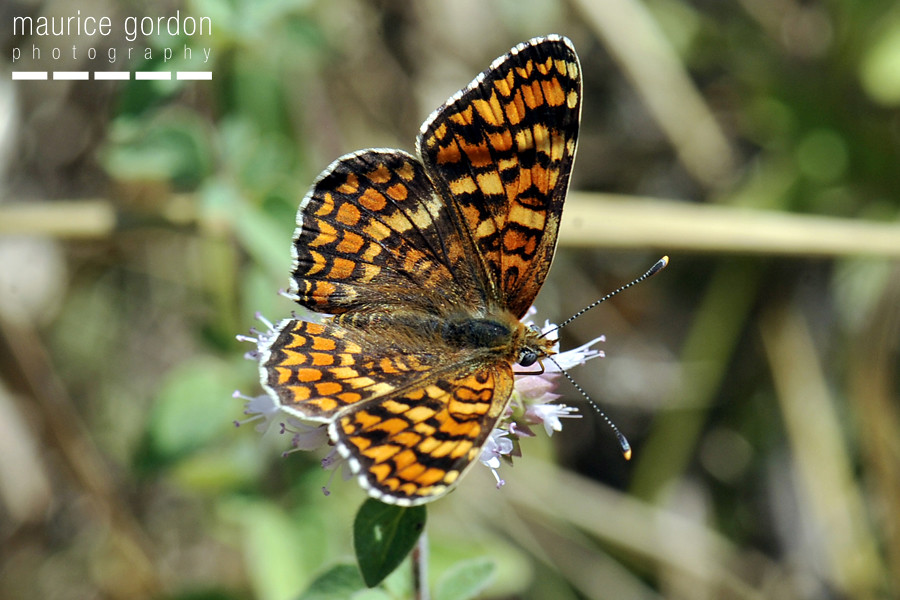

No comments:
Post a Comment